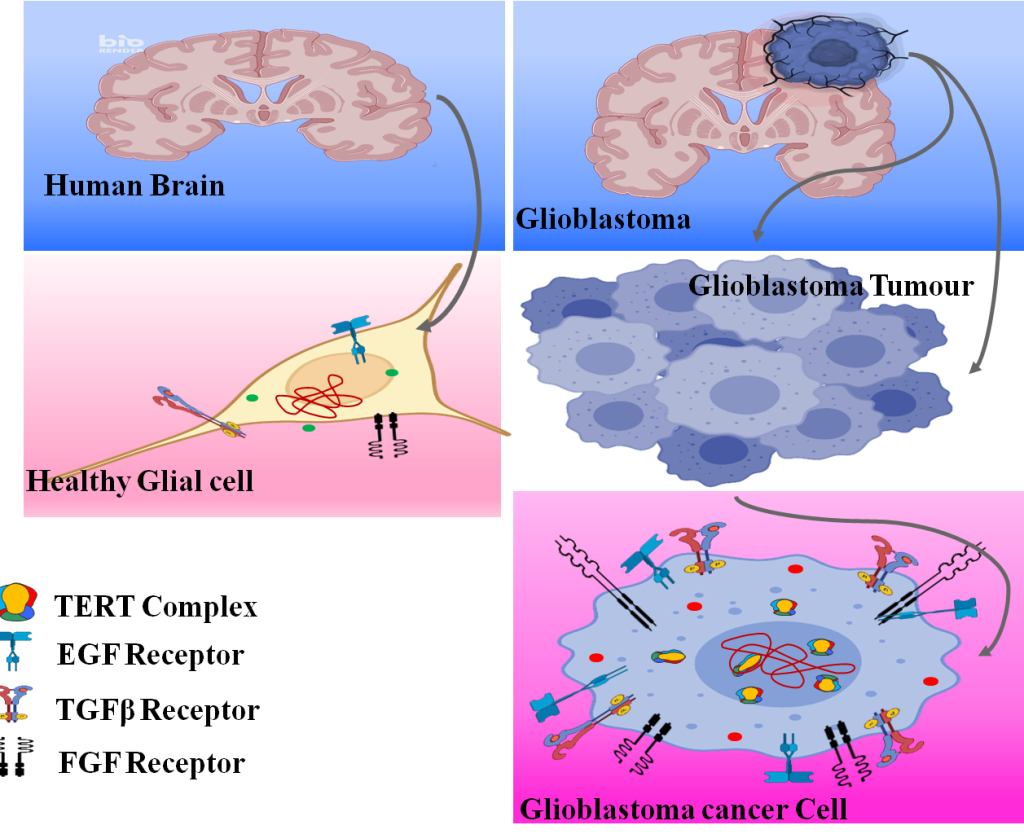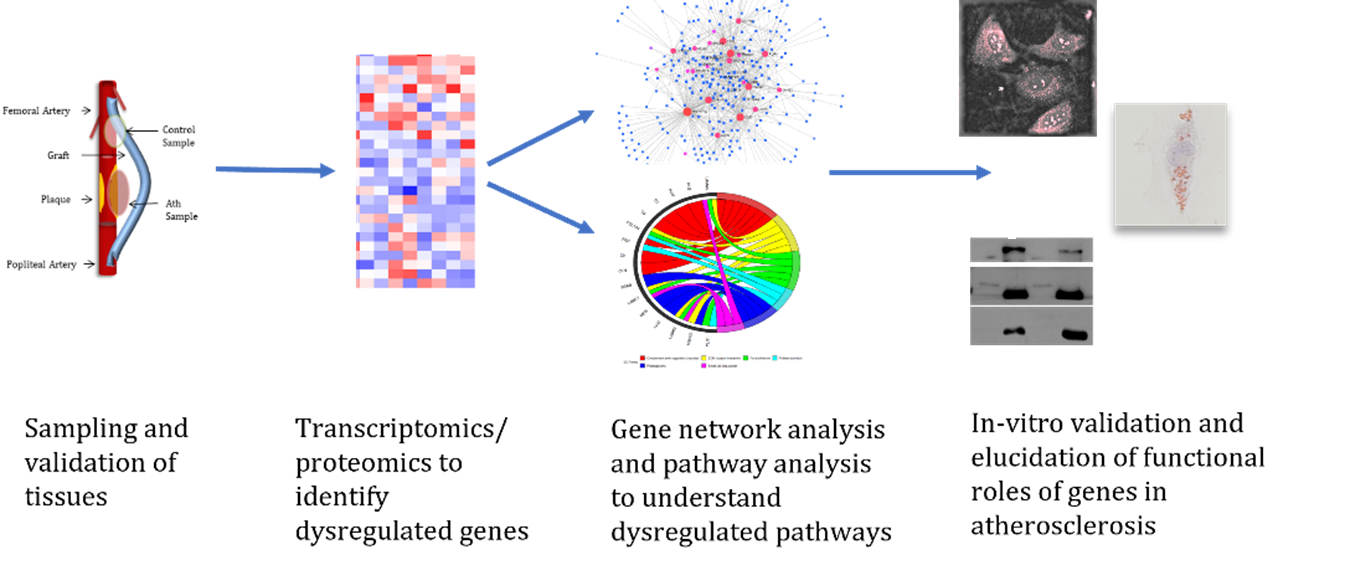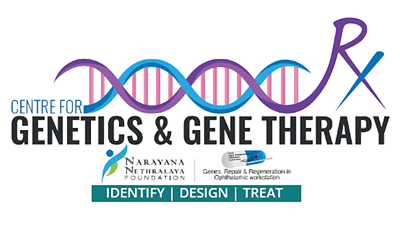Non Ocular Disease
-
Narayana Netralaya Foundation > Non Ocular Disease
Glioblastoma
- Glioblastoma/ Glioblastoma multiforme (GBM) is an aggressive form of brain cancer, with a median survival rate of 15 months to a few years (maximum 5 years). Without treatment, the survival is less than 3 months. Epidemiology- 3 in 1,00,000 person. The average age of diagnosis is 64yrs. Signs and symptoms- headaches, memory loss, personality changes, nausea, and stroke, symptoms may worsen and progress and lead to unconsciousness. Occasionally GBM is asymptomatic. Glioblastoma represents 15 % of brain tumors. Cancer begins from normal brain cells and develops into low-grade astrocytoma. Usually diagnosed through CT scan, MRI, and tissue biopsy. Treatment modalities- surgery for tumor removal, chemotherapy (Temozolomide), radiation therapy.
- TERT/Telomerase activation and TERT promoter mutations are hallmarks of all cancers including Glioblastoma. Upregulation of RTK, EGFR, FGFR, and SMAD signaling by upstream TGFβ-activation, along with mutations in the tumor suppressor genes p53, pRb, PTEN, etc are observed in GBM. Telomerase activity and levels are essential for stem cell survival and function and also for tumorigenesis, chemoresistance, and proliferative potential in cancer. TERT has direct transcriptional regulation of NFkB-dependent pro-tumorigenic and survival pathways. A close correlation of telomerase transcript levels with EGFR has been reported. Effect of telomerase modulation on molecular signaling, nuclear translocation, and differential gene expression downstream of EGFR signaling and TGFβ/FGF/BMP4 activation of different SMAD components in human gliomas. Devising novel gene therapy vectors targeting telomerase, EGFR, and conferring antiproliferative signaling through BMP4 treatment in GBM.

Atherosclerosis
Atherosclerosis is a complex disease involving multiple cellular phenotypes which contribute to the building of plaque over a period of many years. It often begins with endothelial dysfunction followed by foam cell formation leading to the build-up of calcified plaque. The plaque eventually becomes unstable and ruptures. The ruptured plaque can then cause vascular blockage elsewhere. Atherosclerosis can cause coronary artery disease (CAD), Peripheral artery disease (PAD), and also stroke if the narrowing is in the carotid artery and is one of the major health concerns worldwide. Smoking, obesity, and dyslipidemia are a few of the risk factors which contribute to atherogenesis.
Although the sequel of events and cellular phenotypes involved in atherosclerosis have been largely understood. The dysregulation of molecular pathways and gene expression have not been elucidated yet. We at GROW lab use a multi-omics approach to understand the localised gene expression differences contributing to the pathogenesis and progression of atherosclerosis. We also use in-vitro cell culture systems to validate and understand the role of genes identified through a multi-omics approach.



